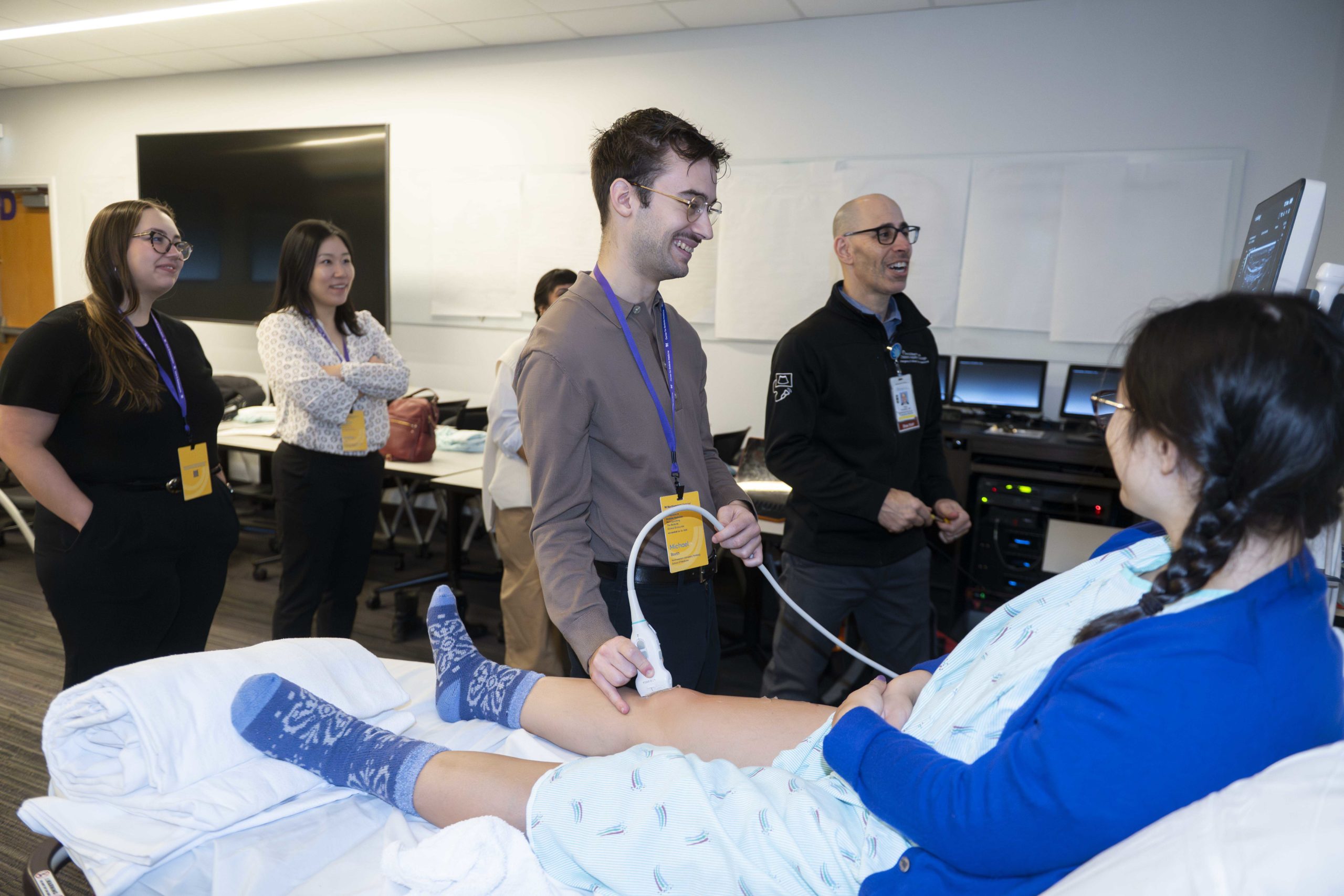
The use of decision-making aids helped atrial fibrillation patients to be more informed about their care, according to a study published in the British Medical Journal.
The decision aids also led to greater shared decision-making among patients and clinicians, said Kenzie A. Cameron, PhD, ’08 MPH, professor of Medicine, Medical Education, Medical Social Sciences, and of Preventive Medicine, who was a co-author of the study.
“In the context of atrial fibrillation, there have been patient decision aids – which are meant to be used by patients – and encounter decision aids, which are meant for clinicians to use with patients during a clinical encounter,” Cameron said. “Both had been shown to improve shared decision-making outcomes, but this study gave us the opportunity to do a comparative effectiveness trial.”
One major concern for treating atrial fibrillation is medication adherence, Cameron said. While anticoagulants can reduce the risk of stroke, research has shown that many patients never begin taking the medication, miss doses or stop taking their medication altogether.
“Lowering decisional conflict, or personal uncertainty about a decision, by making sure a patient is aware of and understands treatment options and is truly involved in a decision can be critical for the patient to adhere to whatever decision they made,” Cameron said.
In the study, more than 1,000 atrial fibrillation patients and their physicians across six medical research sites received decision aids for patients and physicians or followed standard care. Patients who received any decision aid (an encounter decision aid, patient decision aid, or both) reported better shared decision-making and greater knowledge than those receiving no decision aid; decisional conflict was also lower among patients who received an encounter decision aid or both decision aids, according to the study.
Importantly, the use of decision aids did not significantly increase the length of the visit.
Moving forward, Cameron and her collaborators will explore avenues to increase the adoption of decision aids in clinical practice, she said.
“We want to make sure that patients are aware of and informed about their options, that they know about risks and benefits, as well as recognizing that there are different patient values that go into these decisions,” Cameron said.
The study was led by Elissa M. Ozanne, PhD, and Angela Fagerlin, PhD, of the University of Utah.
The study was funded by the American Heart Association and the Patient-Centered Outcomes Research Institute. Additional Northwestern investigators included Rod S. Passman, MD, the Jules J. Reingold Professor of Electrophysiology, and Preeti Kansal, MD, associate professor of Medicine in the Division of Cardiology.






